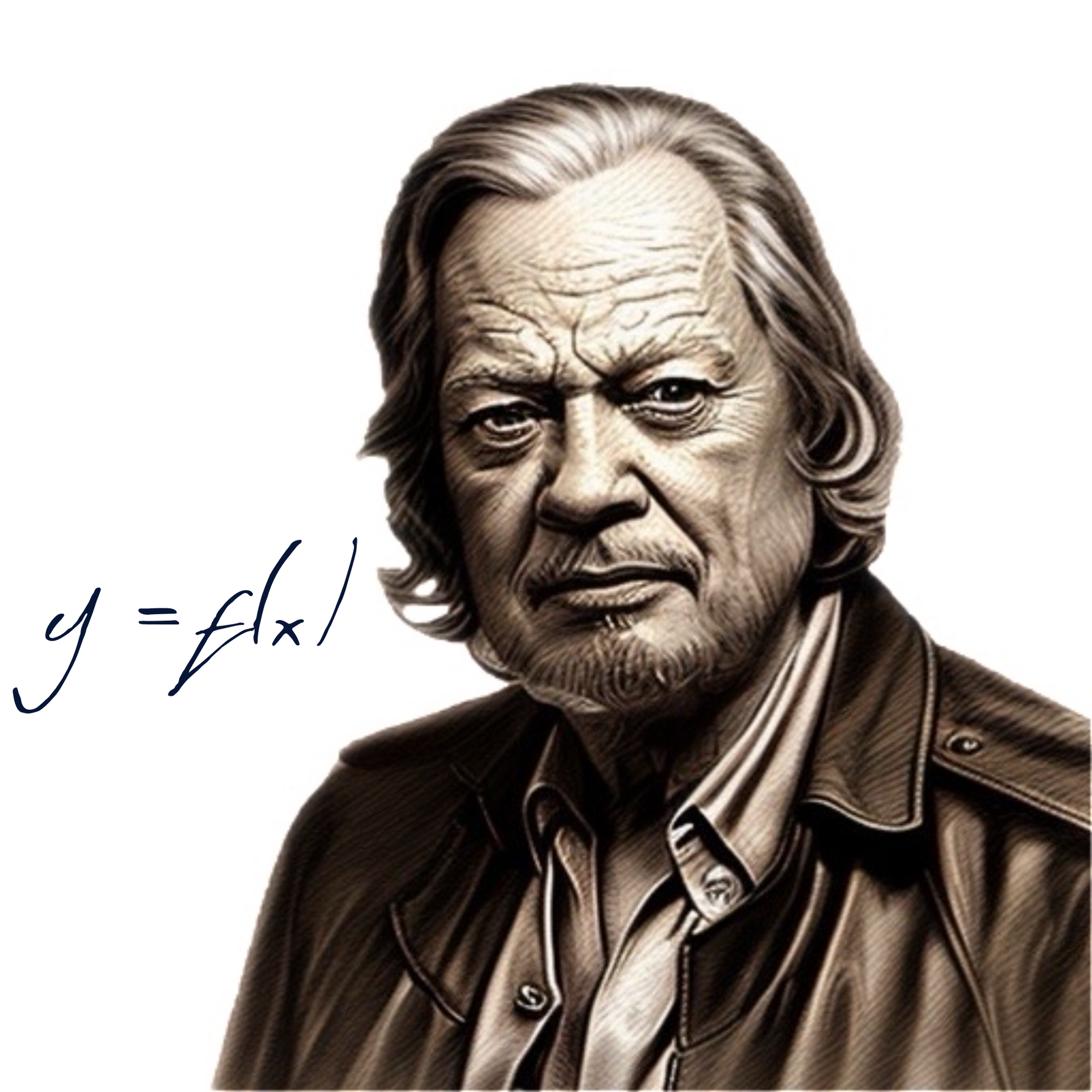Table of Contents
When I enrolled in a small, West-coast liberal arts college in 1965 under rapidly disabused notions that I would be following a sweetheart, the greeting included the notion of ambiguity tolerance. Supposedly the ability to hold two contradictory thoughts in mind at the same time was something to be cultivated.
The truest sign of intelligence is the ability to entertain two contradictory ideas simultaneously , and still retain the ability to function. (F. Scott Fitzerald, or some other favorite intellectual, attrib.)
That’s all fine in theory and a welcome consequence would have been a greater tolerance for wrong answers on exams, like when I blanked in History of Civilization when asked to discuss latifundia and ghazhi. But after I fled from the first two years of liberal arts required courses into the safety of a geology major, I thought that safety had been reached. It wasn’t, though, because between 1967 and 1972, as evidenced between the first and second edition of a standard textbook on Historical Geology, the one I studied from and the one I taught from, there was a paradigm shift.
Whereas received wisdom in 1967 was that continents moved up and down, and that explained most of the macro features of geology, by 1972 the continents moved back and forth and that explained most things. Out with geosynclines, in with subduction zones. The ground shifted under my feet, intellectually.
Since then, I’ve tried to be somewhat more provisional in my thinking.
After being on the losing side in my first four presidential elections, I reached for some degree of coherence in my political orientation, and that lasted for the next four until another polarity flip in my fifth. I think that I’ve got it now.
That leads me to think about contemporary realpolitik.
It makes sense that two factions each be subject to the same human weakness in filtering reality and yet differ markedly in how each is able to cope with persistent contrary evidence. The asymmetrical coping of reds and blues may reflect nothing more than loss aversion, the asymmetrical treatment of equivalent gains and losses.
The dewy eyed liberal imagines a future of improvement: higher wages, better jobs, more jobs, secure retirements, education for some benefit greater merely than the prospect of earning enough to pay off student debt. These prospective gains are more feasible or less feasible and some may have to be deferred to advance others. This is an attitude of we can do better.
The steely eyed conservative imagines a future of collapse: debased currency, runaway costs, inefficient competition, no place to do a little private business, class warfare, people not remembering their places, godlessness, filthy language, legalized weed. These prospective losses are self re-enforcing and you cannot give up on any one of them without losing all of them. This is an attitude of things could get far uglier than anything we’ve seen yet and if we don’t act forcefully we will lose everything.
On the one hand there is a worldview that you have to pursue many goals to achieve some of them. That worldview requires you to choose priorities and adjust when the facts conspire against them. The further you are from the facts, the more you must adjust.
On the other hand there is a worldview that you have to protect every advantage to protect any of them. That worldview of no surrender doesn’t require you to adjust to facts because there can be no compromise. A side effect is that all the messiness drops by the wayside and it’s possible to think of the world in a Platonic way of idealized truths: the minimum wage drives down employment, austerity cures what ails you, and the rest of the old favorites. This is loss aversion.
Which is the dreamer and which the realist?







